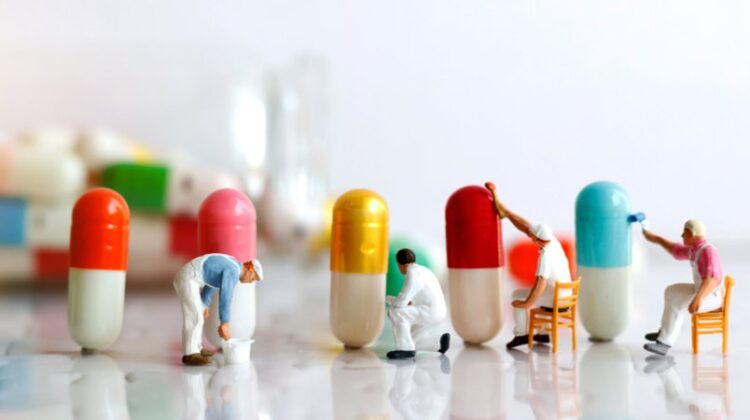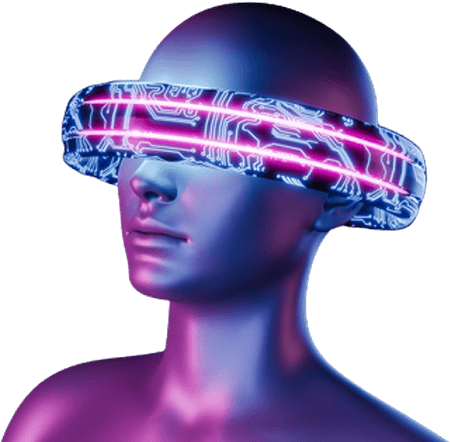
Life-Saving Drugs: A Pillar for Maintaining Optimal Health
Introduction: The Importance of Life-Saving Drugs
Life-saving drugs have revolutionized modern medicine, transforming illnesses once considered fatal into manageable conditions. These medicines are essential in treating serious diseases, ensuring that millions of people can lead healthier and longer lives. Life-saving drugs play a crucial role in improving overall health and well-being, whether they are used to treat cancer, chronic illnesses, infections, or other life-threatening conditions. They offer a second chance at life and are a beacon of hope for many.
What Are Life-Saving Drugs?
Life-saving drugs are medications that can significantly improve, prolong, or save lives by treating or preventing serious medical conditions. These drugs address various diseases, including infections, cancer, cardiovascular diseases, and chronic conditions such as diabetes and asthma. They are crucial for individuals whose health may deteriorate without proper treatment.
Some common categories of life-saving drugs include:
- Antibiotics: Fight infections caused by bacteria.
- Antivirals: Help combat viral infections like HIV and hepatitis.
- Chemotherapy Drugs: Treat various cancers.
- Cardiovascular Drugs: Manage heart diseases and conditions.
- Insulin: Vital for people with diabetes to control blood sugar levels.
- Vaccines: Prevent potentially deadly diseases by boosting immunity.
The Role of Life-Saving Drugs in Modern Medicine
Life-saving drugs have become indispensable in the healthcare system. Modern medicine relies heavily on these medications to provide effective treatments for previously untreatable conditions. For example, HIV, which was once considered a death sentence, is now manageable thanks to antiviral drugs. Chemotherapy drugs have made it possible for cancer patients to achieve remission, allowing many to return to their daily lives. Similarly, vaccines have eradicated or controlled diseases like polio and smallpox, saving millions of lives.
These drugs ensure that people can survive severe illnesses, recover faster, and maintain a higher quality of life. Their availability allows healthcare providers to offer more targeted and effective treatments, leading to better outcomes for patients. A Lapatinib exporter supplies the cancer treatment drug Lapatinib to various countries, helping patients worldwide access this life-saving medication.
How Life-Saving Drugs Are Developed
The development of life-saving drugs is a long and complex process that requires years of research, clinical trials, and regulatory approvals. It typically involves the following stages:
- Research and Discovery: Scientists study diseases to understand their causes and mechanisms. This helps identify potential targets for drug development. Once a target is identified, researchers work to develop a compound that can interact with it to produce the desired effect.
- Preclinical Testing: Before a drug can be tested on humans, it undergoes laboratory testing to evaluate its safety and effectiveness. This involves testing on cells and animals to determine whether the drug can produce positive results without causing harmful side effects.
- Clinical Trials: If a drug passes preclinical testing, it moves to human trials. Clinical trials are conducted in three phases:
- Phase 1: A small group of healthy volunteers receives the drug to evaluate its safety and dosage.
- Phase 2: The drug is given to a larger group of people with the disease to assess its effectiveness.
- Phase 3: Thousands of patients receive the drug to confirm its safety and effectiveness and to compare it with existing treatments.
- Regulatory Approval: Once a drug has passed all clinical trials, the pharmaceutical company must apply for approval from regulatory agencies like the U.S. Food and Drug Administration (FDA) or the European Medicines Agency (EMA). These agencies review the data to ensure that the drug is safe and effective for public use.
- Post-Market Surveillance: Even after approval, the drug is continually monitored to ensure that it remains safe and effective. Any unexpected side effects are reported, and the drug’s performance is closely watched.
Types of Life-Saving Drugs and Their Impact
1. Antibiotics
Antibiotics are crucial for fighting bacterial infections that can become life-threatening if untreated. They have saved countless lives by treating conditions such as pneumonia, tuberculosis, and meningitis. Without antibiotics, even minor infections could become deadly. However, before giving any antibiotics to your pet, it’s highly recommended to consult a a vet in vet clinic in Serangoon, Singapore.
2. Chemotherapy Drugs
Chemotherapy drugs are used to treat various types of cancer. These powerful medications work by killing cancer cells or stopping their growth. Although chemotherapy can have severe side effects, it is one of the most effective treatments for cancer and has saved millions of lives worldwide.
3. Antivirals
Antiviral drugs are used to manage and treat viral infections like HIV, hepatitis C, and influenza. These drugs help slow down the progression of diseases, allowing patients to live longer, healthier lives. In some cases, antivirals can cure diseases, such as with direct-acting antivirals for hepatitis C.
4. Cardiovascular Drugs
Drugs like beta-blockers, statins, and blood thinners are vital for people with heart disease or high blood pressure. These medications help reduce the risk of heart attacks, strokes, and other cardiovascular events, making them essential for maintaining good heart health.
5. Vaccines
Vaccines prevent life-threatening diseases by boosting the body’s immune response. They have eradicated diseases like smallpox and have brought others, such as polio and measles, under control. Vaccines are one of the most cost-effective life-saving interventions available today.
Why Life-Saving Drugs Matter
1. Prolonging Lives
Life-saving drugs allow people to live longer by treating diseases that would otherwise be fatal. For example, insulin enables people with diabetes to manage their condition and lead healthy lives. Chemotherapy and other cancer drugs have made it possible for many cancer patients to achieve remission and live for years or even decades after their diagnosis.
2. Improving Quality of Life
By treating or managing serious conditions, life-saving drugs enable individuals to live healthier lives. They reduce symptoms, prevent complications, and allow patients to maintain their daily activities. For example, antiretroviral therapy for HIV allows people to manage their condition and lead normal, productive lives.
3. Preventing Disease Spread
Drugs like antibiotics, antivirals, and vaccines help control the spread of infectious diseases. By treating individuals and preventing further transmission, these drugs play a critical role in protecting public health.
4. Reducing Healthcare Costs
By preventing and treating serious diseases, life-saving drugs help reduce the overall cost of healthcare. Early and effective treatment prevents complications and the need for more expensive interventions like surgeries or hospital stays. Vaccines, in particular, are a highly cost-effective way to prevent diseases and avoid costly treatments.
Access to Life-Saving Drugs
Despite the vital role life-saving drugs play, access to these medications remains a challenge for many people, especially in low- and middle-income countries. High drug prices, lack of infrastructure, and limited healthcare resources can prevent individuals from receiving the treatments they need.
Organizations like the World Health Organization (WHO) and Médecins Sans Frontières (Doctors Without Borders) work to improve access to essential medicines. These organizations advocate for affordable drug pricing, promote generic alternatives, and help deliver life-saving drugs to those in need.
Conclusion: The Power of Life-Saving Drugs
Life-saving drugs are an indispensable part of modern healthcare. They provide effective treatments for serious diseases, prolong life, improve quality of life, and help prevent the spread of infections. The development and distribution of these drugs have transformed the way we treat illnesses and have saved millions of lives globally.
While challenges remain in ensuring that everyone has access to these vital medications, their impact on global health is undeniable. Life-saving drugs are a cornerstone of medicine, offering hope to those with severe illnesses and allowing them to lead healthier, more fulfilling lives. Ensuring their availability and affordability will continue to be a critical goal for improving public health worldwide.









